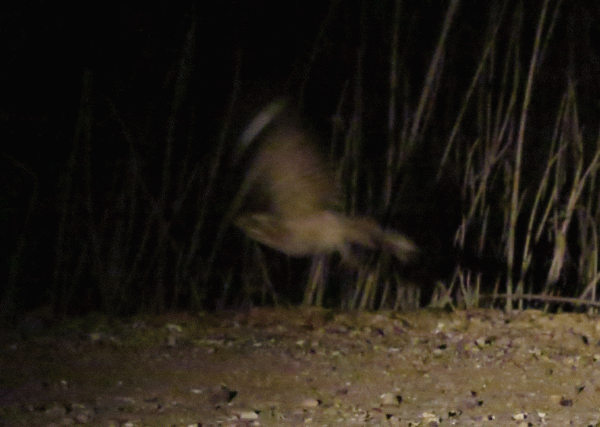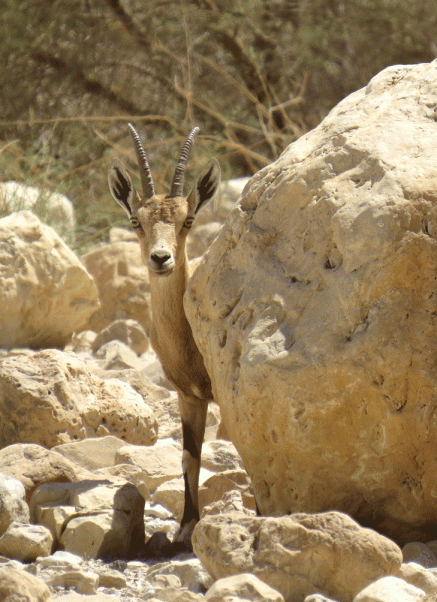At 417 m below sea level, the Dead Sea is the lowest place on the surface of the Earth. It is also one of the saltiest, being an almost saturated (34%) solution of minerals. It is also a place of scenic grandeur, a huge ancient salt beds carved into fantastic shapes by the elements and surrounded by precipitous cliffs of the Rift Valley, spoiled only by the industrial complex at the south end, which extracts valuable materials from this chemical cocktail.

With so much of the brine being extracted by the chemical works and the water from the Jordan River being totally diverted for irrigation, the level of the Dead Sea is falling rapidly. Could it follow the Aral Sea in Central Asia into extinction?

We left Eilat in the morning of the 2nd and after spending time at Yotvata and the Shiraf Nature reserve we arrived at the Massada Hotel mid afternoon. This is the view from our room over the salt formations to the Dead Sea beyond. The rift escarpment in Jordan is lost in the haze.

We had hired local guide Yoav Perlman; yoav.perlman@gmail.com to take us to see the Nubian Nightjars. Before it was dark we birded the nearby Lot’s Reservoir, a fresh water lake in an otherwise salty environment …..

…. and this Glossy Ibis. The ones we see in the UK are mainly dull first years but this adult certainly lives up to its name.

The ‘tamaricis’ race of Nubian Nightjar was once widespread in tamarisk dominated saltmarsh in the Arava Valley but due to development for hotels (Eilat) and agriculture (Yotvata) all that remains of this habitat is a small patch to the south of the Dead Sea and this is being swallowed up by poly-tunnels.

The ‘Tamarisk’ Nightjar, as it is called locally, has a world population of only 27 pairs. There are subtle differences in plumage, voice and a major one in habitat choice, compared the Nubian Nightjars in Yemen and NE Africa. It could be a full species, albeit a critically endangered one.

.. this beautiful rocky side valley held wonderful birds like Scrub Warbler, Sinai Rosefinch, Cretzschmar’s and Striolated Buntings

The reason we stayed at the Masada Hotel was because Margaret wanted to visit the ancient hill top fortress of Masada. The hotel is just to the left of this photo. Herod the Great built Masada as a palace for himself between 37 and 31 BC. The siege of Masada by troops of the Roman Empire towards the end of the First Jewish–Roman War ended in the mass suicide of the 960 Jewish rebels and their families holed up there. Note the long winding path to the summit.

Unfortunately Margaret suffers from vertigo and faced with an ascent in the cable car or a knackering hike ….

… she opted to study this scale model in the nearby museum. Note the remains of the assault ramp built by the Romans during the siege of Masada to the right of the mountain.

The nearby reserve at En Gedi was packed with tourists and noisy children so we opted to stay outside, this wasn’t a problem as we had great views of this Nubian Ibex ..

.. this cheeky Arabian Babbler and a good passage of raptors and storks, which included four Lesser Spotted Eagles.







Leave a comment